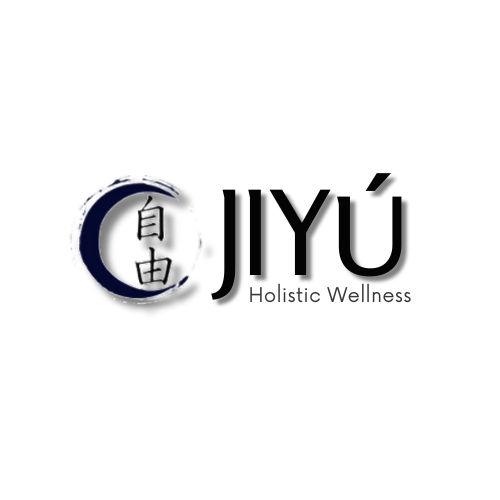I have been implementing CST in my practice for over 3 years now. Depending on the needs of the client I may use it as a stand-alone treatment or in conjunction with various types of massage (Tui Na, Swedish, Thai Yoga, Deep Tissue). I also find it useful for regulating the nervous system after a personal training, somatic, yoga, or martial arts session. People often ask me about what it is and does, so here we go!
I will first use The Upledger Institute’s description of CST as that was my primary training source. Then I will discuss my experience with utilizing this powerful method of therapy.
What is CST?
From https://www.upledger.com/therapies/
Craniosacral therapy (CST) is a gentle, hands-on method of evaluating and enhancing the functioning of a physiological body system called the craniosacral system - comprised of the membranes and cerebrospinal fluid surrounding and protecting the brain and spinal cord. Using a soft touch generally no greater than 5 grams, or about the weight of a nickel, practitioners release restrictions in the craniosacral system, which has been shown to improve the functioning of the central nervous system, as well as many other systems of the body, such as digestive, musculoskeletal, respiratory, circulatory, and more. CST has also been shown to help with the physical components related to such somatic conditions as post-traumatic stress, depression, and anxiety.
What Conditions Can CranioSacral Therapy Help With?
By facilitating the body's natural and innate healing processes, CST is increasingly used as a preventive health measure for its ability to bolster disease resistance and is beneficial for people seeking help with a wide range of healthcare challenges and symptoms including:
Migraines, Headaches
Chronic Pain
Motor-Coordination Impairments
Central Nervous System Disorders
Orthopedic Problems
Traumatic Brain Injuries and Concussions
Alzheimer's
Spinal Cord Injuries
Scoliosis
Conception, Pregnancy, Birth
Pediatric Challenges
Learning Differences, ADD, ADHD
Autism and Sensory Processing
Chronic Fatigue
Emotional Difficulties, Depression
Stress and Tension-Related Problems
Fibromyalgia and other Connective-Tissue Disorders
Temporomandibular Joint Syndrome (TMJ) and Dental Challenges
Immune Disorders
Post-Traumatic Stress Disorder
Post-Surgical Dysfunction
Sleep Challenges
More on Upledger’s Paradigm of Treatment
CST as a Diagnostic and Therapeutic Tool
After first being exposed to a basic understanding of the protocol, I primarily used CST as a way to compliment a vigorous massage, usually at the end for about 15 minutes to help the client calm and integrate. More often than not it has the effect of helping people ease the mind, and quickly enter into an alpha or parasympathetic state. As I gained more experience and training many of my 1.5 hour sessions easily became half massage and half CST. I found CST to be a useful diagnostic tool as well as a powerful therapy. I can often locate areas of fascial dysfunction fairly quickly.
These days I move seamlessly between different modalities of massage and CST, changing my approach appropriately to how the body is responding. At times I still commit to the Upledger protocol if the goal is to see what effect the therapy alone has on a set of symptoms. This really depends on each individual situation, history of treatment, symptoms, and the client’s preferences.
Who Can Benefit from CST?
For clients with acute pain, sensitivity to heavy pressure, are ticklish, or have jumpy parts of their body, CST is useful for calming those responses and allowing me to release those restrictions in a non-invasive way.
Some of my favorite clients are children and they love receiving CST treatments. It is great at improving symptoms from allergies, growing pains, learning difficulties and of course, stress. With adults I found it valuable for easing symptoms like headaches, migraines, acute pain, and insomnia. Additionally I find this therapy particularly useful for clients suffering from PTSD, high anxiety, and depression.
The experience can vary from person to person. It could be deeply relaxing, meditative, trippy, and occasionally facilitate an emotional release. Sometimes it takes a few sessions for someone to fully relax enough to be sensitive to the changes or trust the process. It’s often initially viewed as ‘energy work’ or something completely esoteric, which is not the case. CST has a very measurable and visual effect to the body which is best understood through experience. There have been multiple times that I described this approach to a skeptical massage client only to have them request CST as their preferred treatment method after experiencing it.
A few more pros:
There are very few contraindications, making it a very accessible therapy.
Sessions are done with clothes on and are non-invasive.
Techniques can be taught to family members to encourage co-regulation and stress management.
Choosing a Provider
Ultimately this comes down to a matter of preference, trust, and efficacy. Every practitioner’s style and every client is unique. Also, note that not all therapies are for everyone at all times. To find trained practitioners in your area you can check out the Upledger or Biodynamic data bases by zip code.

